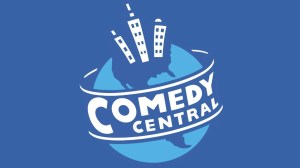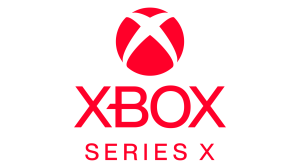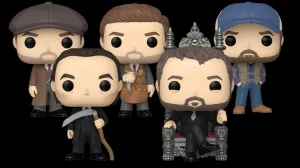
Original Sin has featured many tonal shifts in every issue. This isn’t inherently problematic. The success of James Gunn’s Guardians of the Galaxy has proven that rapid fire tonal shifts can be made to work well. It’s not an easy trick to pull off though. Original Sin #7 jumps between humor, action, and grim revelations very quickly and, while some moments function on their own, the overall experience is jumbled and confusing.
Videos by ComicBook.com
The highlights of the book come whenever Jason Aaron allows the comic to be silly or campy. Aaron’s obsession with C-list villain The Orb has been well noted and his appearances in this comic are great. He acts like a strung out informer from an episode of Law & Order, which accentuates his ludicrous costume and lowly position in the Marvel Universe. A panel featuring The Orb wearing a space helmet is my favorite moment in this entire issue. That sense of play and fun runs into other sequences as well. Rocket Raccoon’s one line is pitch perfect, and so is a very small appearance by The Hulk.
The problem is that sequences and moments don’t work well side-by-side with everything else occurring in this issue. As an event comic, Original Sin is required to alter the shared continuity of the Marvel universe, at least temporarily. In doing so, it takes itself very seriously and creates many moments that hold a grim or tense tone. Transitioning between these moments doesn’t read naturally, as if two very different versions of the same script were mixed together.
Sometimes the two clash in the same panel. During a fight sequence multiple lines of dialogue read as quippy or outright camp. Yet the fight is supposed to show a battle between longtime friends and allies who are betraying one another in brutal fashion. At one point Nick Fury makes a play on words about missing things while shooting a friend at point blank range. The amount of dialogue present for a fight sequence is already gratuitous and its tone only serves to exacerbate problems.
Mike Deodato’s style plays far better to these darker, self-serious scenes. His pages are heavy on blacks and most characters, especially Nick Fury, are grizzled in appearance. Even the outright wacky elements of the comic, like Rocket and The Orb, seem somewhat tortured in his finished art. Deodato does great work setting almost all of Original Sin #7 in space. His figures are surprisingly loose and their placement in slightly scrambled panel layouts lend a sense of weightlessness to some sequences.
There are some other flaws that border the line between being nitpicks and actual problems. Nick Fury is portrayed as almost unbeatable even though he was previously shown as an old man reliant on a cane in the previous issue. He is capable of battling the most powerful super humans on Earth and there is only the thinnest of reasons as to why this should be plausible. It’s possible that this sequence is meant to parody the battle between Deathstroke and the Justice League in Identity Crisis. If so, then this functions a little better, but it seems more likely that it is re-using the central conceit of one of the worst fight sequences in modern comics.
Original Sin #7 has some fine moments. When playing to its fun, campy nature it truly excels. However, there is a grimness, a dark seriousness that invades much of the comic. It confuses the moments and never succeeds at being truly serious or earning any of its dramatic moments. The problem here is that I’m never sure what this comic wants to be, and I’m not sure that it does either.








